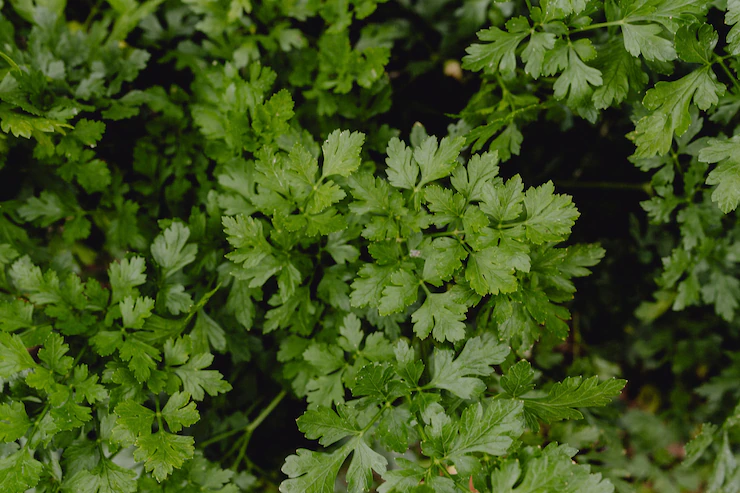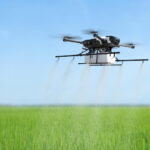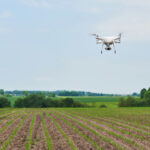When growing parsley in South Africa, there are several infections and diseases that you should be aware of. Here are some common ones:
- Downy Mildew (Peronospora petroselini): Downy mildew is a fungal disease that affects parsley plants. It causes yellowish-green spots on the upper surface of the leaves and a grayish-purple mold on the underside. Infected leaves may also wilt and die. To prevent downy mildew, ensure good air circulation, avoid overhead watering, and use fungicidal sprays if necessary.
- Root Rot (Pythium spp.): Root rot is a common problem in parsley, especially in poorly drained soil or overwatered conditions. It is caused by various species of the Pythium fungus. Infected plants may exhibit wilting, stunted growth, and brown, mushy roots. To prevent root rot, use well-draining soil, water the plants properly, and avoid overwatering.
- Bacterial Leaf Spot (Pseudomonas syringae pv. apii): Bacterial leaf spot is a bacterial disease that affects parsley leaves. It causes small, water-soaked spots that eventually turn brown or black. The spots may coalesce and lead to defoliation. To manage bacterial leaf spot, ensure proper sanitation, avoid overhead watering, and use copper-based fungicides if necessary.
- Cercospora Leaf Spot (Cercospora apii): Cercospora leaf spot is a fungal disease that affects parsley foliage. It causes small, circular, grayish-brown spots with a dark purple border. As the infection progresses, the spots may enlarge and merge, leading to leaf yellowing and defoliation. To prevent cercospora leaf spot, practice good sanitation, provide adequate spacing between plants for air circulation, and use fungicidal sprays if needed.
- Aphids and Whiteflies: While not diseases, aphids and whiteflies are common pests that can attack parsley plants. They suck sap from the leaves, causing stunted growth, yellowing, and distortion. They can also transmit viral diseases. To control aphids and whiteflies, use insecticidal soaps or horticultural oils, encourage natural predators like ladybugs, and practice good garden hygiene.
It’s important to monitor your parsley plants regularly for any signs of infections or pests. Prompt identification and appropriate action can help prevent the spread of diseases and ensure a healthy crop. If you suspect a severe problem, it’s advisable to consult with local agricultural extension services or a plant pathologist for accurate diagnosis and treatment recommendations.







